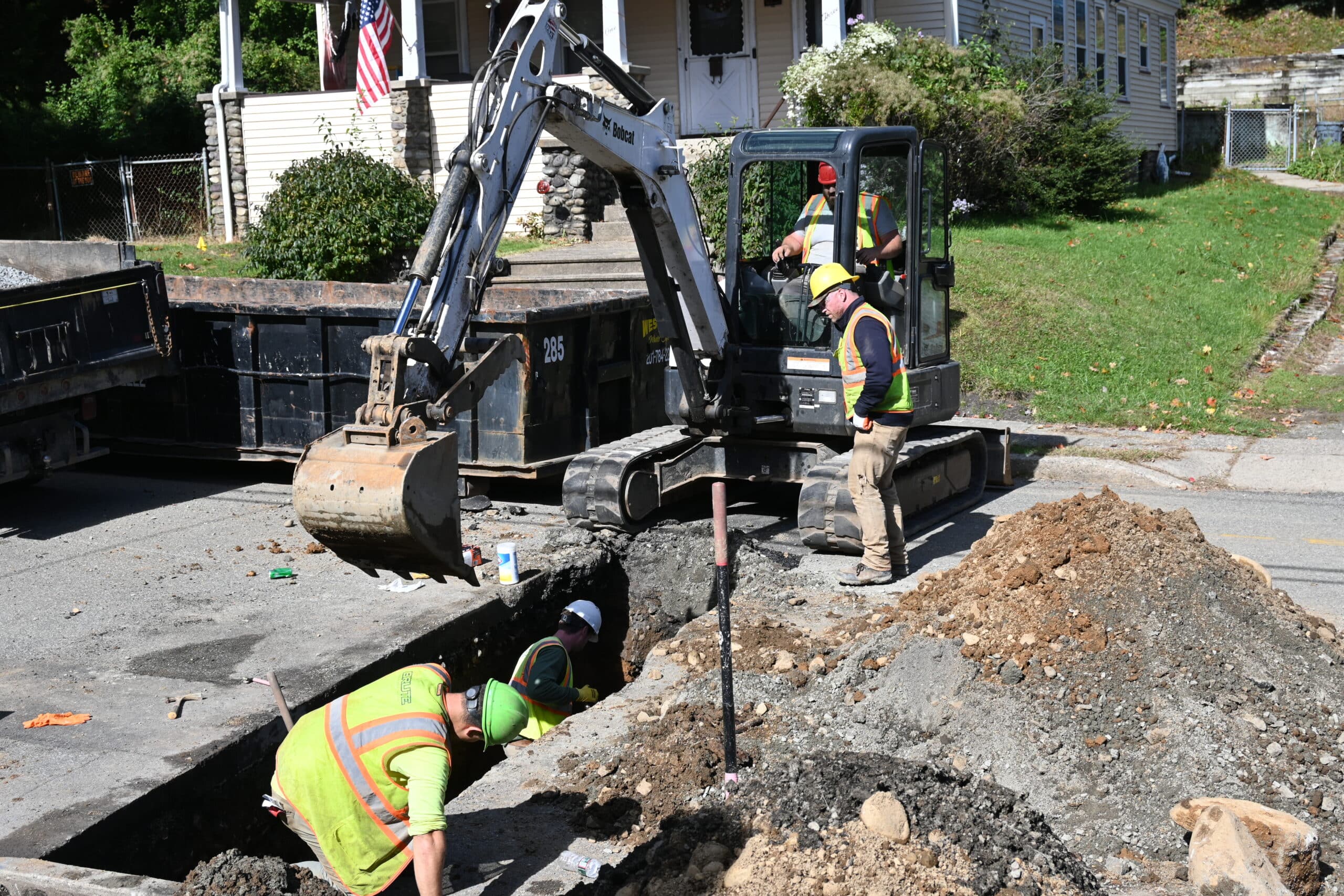Dealing with a sewer line belly can be a significant headache for homeowners. This common plumbing system issue, if left unaddressed, can lead to severe drainage problems and costly repairs. In this comprehensive guide, we’ll explore the steps to diagnose and repair a sewer line belly, ensuring your wastewater flows efficiently and your plumbing remains in top condition.
Understanding a Sewer Line Belly
A sewer line belly is a sag or low spot in your sewer pipe where waste and water collect, disrupting the flow. Recognizing the signs of this plumbing system issue is the first step to addressing it.
Signs of a Sewer Line Belly
You might suspect a sewer line belly if you experience:
- Slow-draining sinks or toilets
- Gurgling noises from your plumbing
- Frequent backups or water overflows
- Persistent unpleasant odors from drains
These symptoms suggest it’s time for a closer look at your sewer lines.
Diagnosing the Issue with a Sewer Camera Inspection
A professional plumber can confirm a sewer line belly using a sewer camera inspection. This non-destructive method provides a real-time view of the condition of your pipes.
The Professional Repair Process
Repairing a sewer line belly typically involves the following steps:
- Locate the Belly: Precise location is determined using the sewer camera’s findings.
- Access the Pipe: The affected pipe may need to be accessed via excavation.
- Replace or Realign: The plumber will decide whether to replace the sagging section or realign it to ensure proper drainage.
- Backfill and Compact: The soil is replaced and compacted to prevent future sags.
- Final Inspection: A sewer camera inspection confirms the repair’s success.
Preventing Future Sewer Line Bellies
To prevent future drainage problems, consider these tips:
- Use proper bedding material for pipe installation.
- Avoid planting trees with deep roots near sewer lines.
- Schedule regular inspections and maintenance with a professional plumber.
Request A Free Assessment
A sewer line belly can disrupt your plumbing system, but with professional intervention, it can be repaired. If you suspect a problem, don’t wait—contact our team for a free assessment which includes a consultation, estimate, and inspection. By addressing the issue promptly, you can maintain the health of your plumbing system and avoid the inconvenience of sewer line problems. Contact us at (201) 581-3740 or fill out our contact form.


